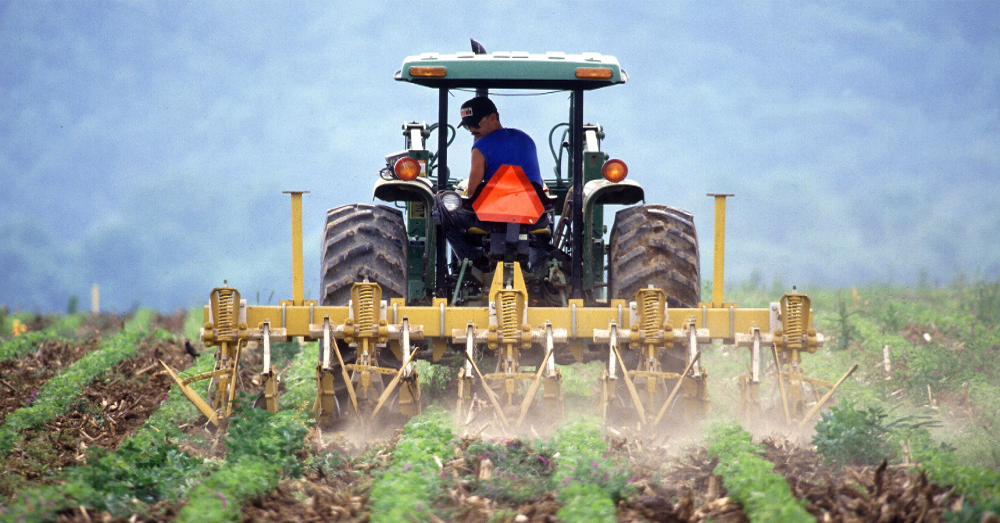
Risks Associated With Glyphosate Weedkiller Resurface
As journalists, we have dug into the controversy over the suspected carcinogenicity of the herbicide glyphosate (see B. Url Nature 553, 381; 2018). We searched hundreds of internal documents from its manufacturer, Monsanto, released for pending lawsuits (see go.nature.com/2tfpbwy). We feel that our and others’ findings (N. Ghisi et al. Chemosphere 145, 42–54; 2016) justify concern over the expertise used by the regulatory agencies to evaluate the safety of glyphosate.
March 21, 2018 | Source: The International Journal of Science | by Stéphane Foucart
As journalists, we have dug into the controversy over the suspected carcinogenicity of the herbicide glyphosate (see B. Url Nature 553, 381; 2018). We searched hundreds of internal documents from its manufacturer, Monsanto, released for pending lawsuits (see go.nature.com/2tfpbwy). We feel that our and others’ findings (N. Ghisi et al. Chemosphere 145, 42–54; 2016) justify concern over the expertise used by the regulatory agencies to evaluate the safety of glyphosate.
From these documents, we formed the impression that Monsanto’s in-house toxicologists were concerned about the upcoming evaluation of their flagship product by the International Agency for Research on Cancer, and that they had anticipated the result before the agency classified the product as ‘probably carcinogenic to humans’ in March 2015. In 1999, the company had commissioned a confidential external expert review of the evidence, which suggested that glyphosate was mutagenic.
